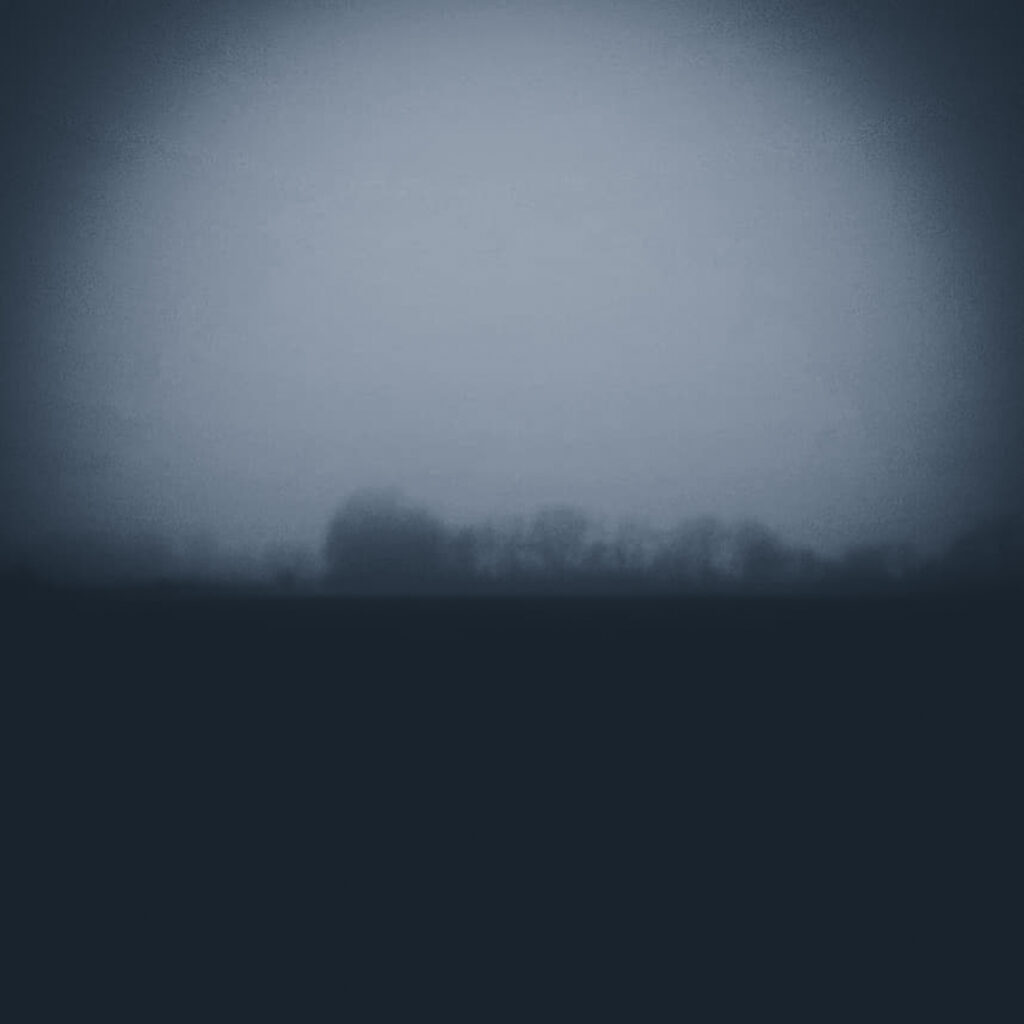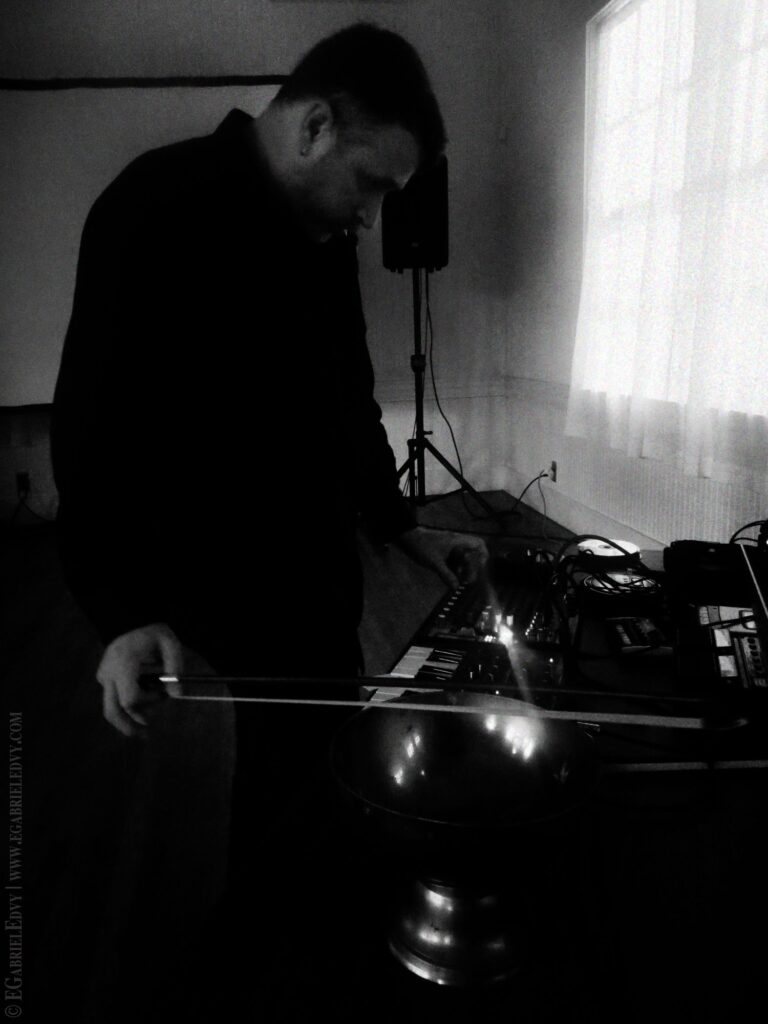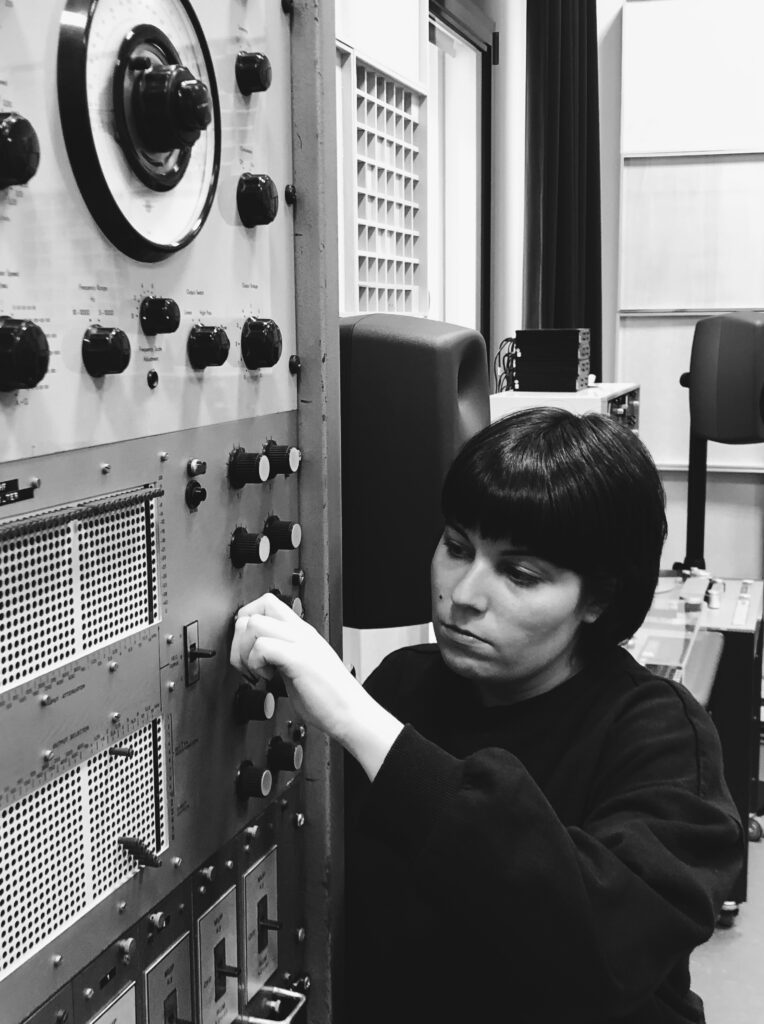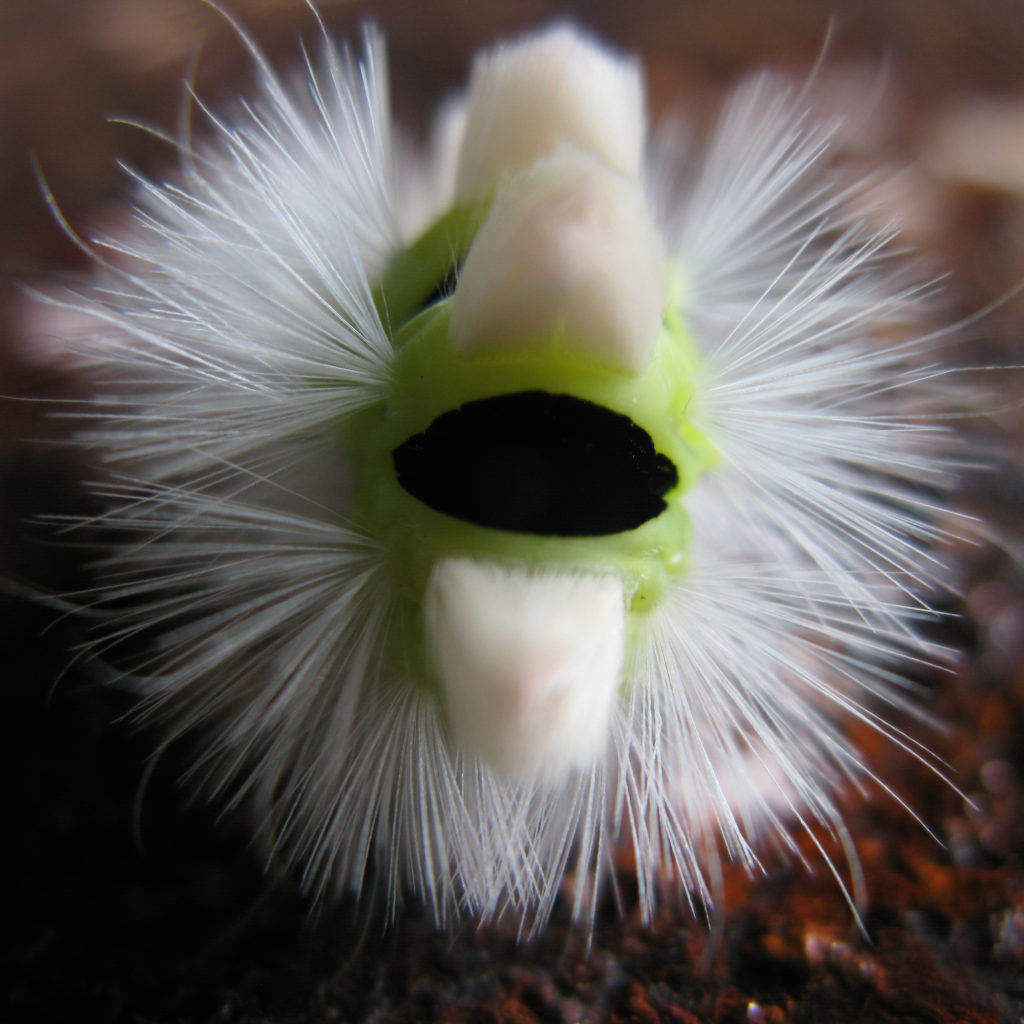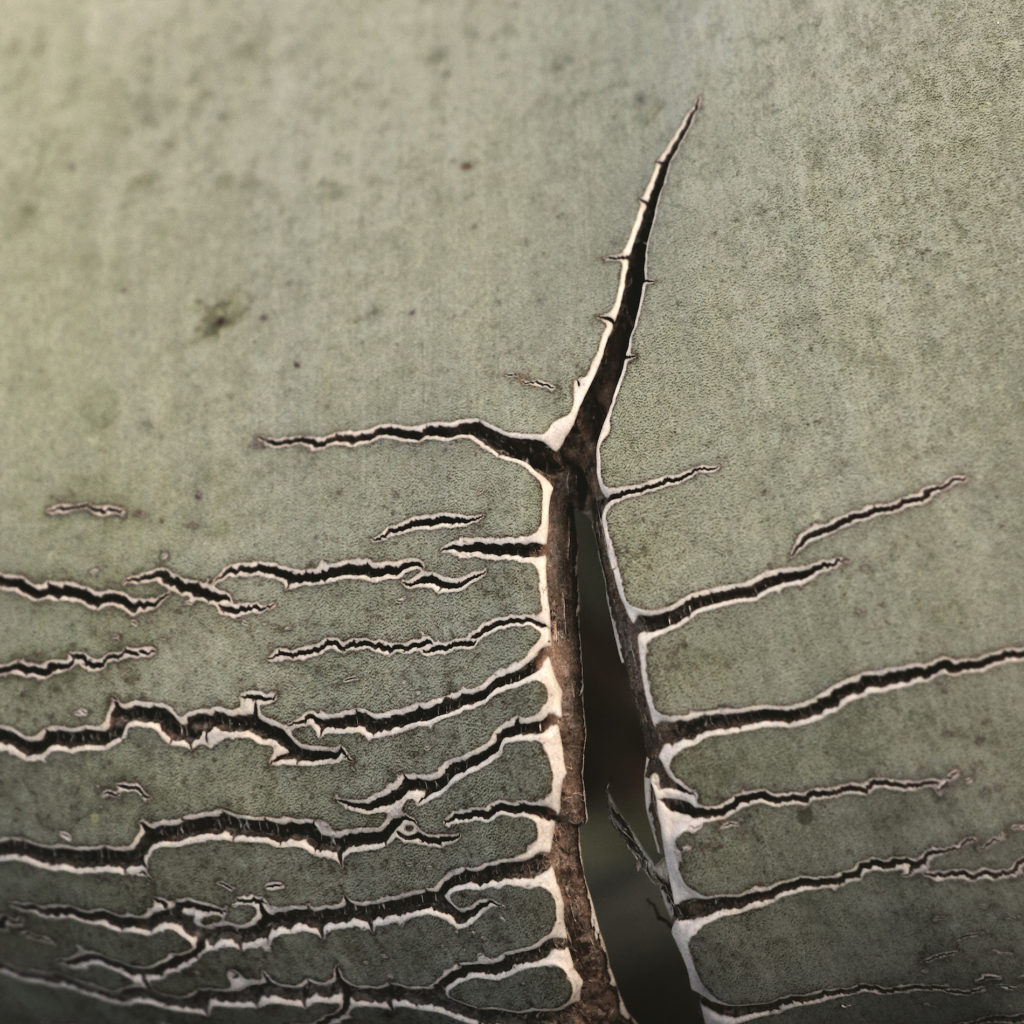
I spent my time investigating insects.
At the beginning, I started with silk worms in my home town of Frankfurt.
I realized that other caterpillars produced beautiful butterflies or moths, and that silkworms did the same. This led me to collect all the caterpillars I could find in order to see how they changed
Maria Sibylla Merian
foreword to Metamorphosis Insectorum Surinamensium [1705]
A preparatory studio for SURINAME, a soundwork inspired by the groundbreaking work of Maria Sybilla Merian, a seventeenth-century illustrator and naturalist.
This audio portrayal represents the first phase of an ongoing sound project that explores the evolving, intensifying interior landscape of this passionate explorer, who was also one of the greatest botanical and insect painters that ever lived.
Her extraordinary work on caterpillars, moths and butterflies, her unconventional life and her contributions to art and science turned her talent into a mission. Considered one of the founders of modern entomology, Maria Sibylla combined her passion for drawing with her interest in insects; in her vision art and nature are inextricably bound. Although it was extremely difficult for a woman to gain a foothold in science at her time, she emerged from her chrysalis to establish herself as a woman and a scientist in a world yet to be discovered. She happened to be a pioneer in the field of natural science anticipating several of the discoveries later made by Linnaeus and Darwin. Her stepfather, the naturalist painter Jakob Marell, chose her as a pupil in his studio. Maria Sibylla then started collecting caterpillars, worms, leaves and flowers, which she drew with great precision. She was particularly fascinated by the transformation of caterpillars into moths and butterflies.
At the age of fifty-two (1699) Maria Sibylla and her daughter Dorothea ventured thousands of miles from the Netherlands (where she had moved after her divorce) to Suriname to observe and document the metamorphosis of insects. She spent two years illustrating new and unique plant and animal species and behaviors. Many of these illustrations are featured in Sibylla’s incredible self- published Metamorphosis Insectorum Surinamensium (1705) She was one of the first to demolish the belief of the spontaneous generation of living organisms from inanimate matter and the first naturalist to recognise and document the wondrous transformation of caterpillars and illustrate the metamorphosis of the butterfly.
Her life, her perseverance, her vision, trace the imprints of a rarefied and inexorable inner world, offering a glimpse of the extraordinary vitality and variety of her perspectives, consistent with an ethical, poetic yet scientific gaze over plants and animals.
Inspired by this extraordinary woman, our work makes use of found sounds, imagination, voice and whispers, shamisen, cello, electroacoustic textures, noise, butterflies, frogs, archival research, letters; just like a sort of sonic score induced by an interior monologue, trying to trace Sybilla’s scientific attitude trapped in an artist’s soul. We tried to paint the critical moment of the brave, intrepid and long sea voyage to Suriname: the sea, the doubts, the solitude, the imagined dangers of the jungle, her being an independent but lonely woman in a male-dominated world ! To draw a woman’s private labyrinth made of doubts, fears, solitude, vulnerability, alienation, illness, identity.

Conceived, written and produced by
Barbara De Dominicis & Cristian Maddalena
Barbara plays voice, electronics, kalimba, synths, found sounds Cristian plays shamisen, keys, electronics, drums, found sounds with contributions by Andrea Serrapiglio (cello)
Words by Barbara De Dominicis and Cristian Maddalena,
Maria Sibylla Merian, Clarice Lispector [Água Viva], Virginia Woolf [Waves], Maya Deren.
We thank all the butterflies, crickets, birds, waves and frogs involved and, above all, Paulo Raposo for his supportive vision and trust.
Maria_Sibylla_Meridian (PDF)
